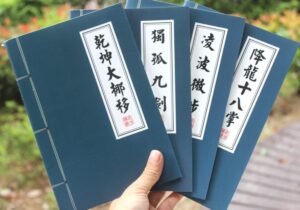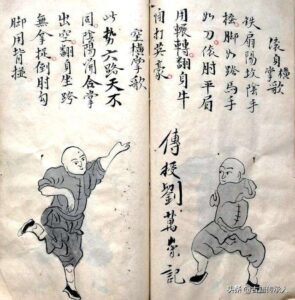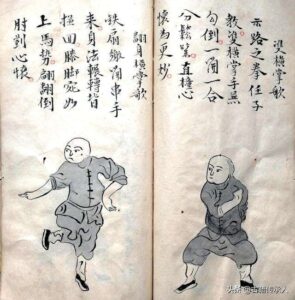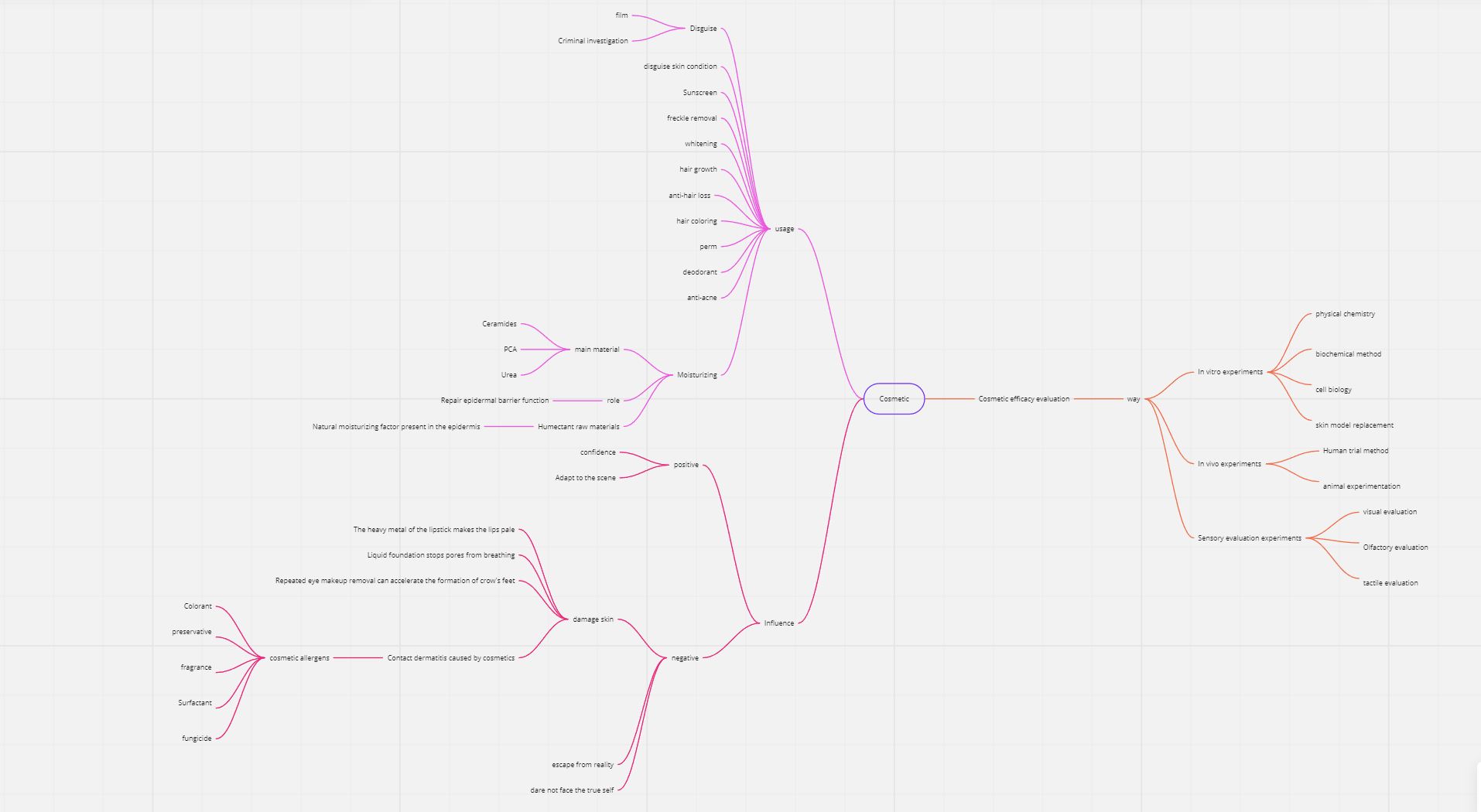quilting form analysis
Analysis of guide
I would use a computer game as my “quilting” guide.
Why this form? What are its features (stylistic, experiential)
First of all, I am adept at making computer game. It is a combination of multiple media which has audibility, visuality and interactivity. By playing a game, we can have a deeper immersive experience. I believe it is a good method to transmit different ideas and it also a good way to narrate stories.
How is this form typically used, and what do you plan to subvert/imitate/utilize?
Player are able to control a female character in this game. They need to collect leftover materials and quilt a pattern in the end. And the key theme I want to present in this game relates to the power of female and the courage of breaking gender discrimination in Chinese handcraft heritage’s convention.
What would change if you tried a different form? What critical lens does the form you’re applying emphasize?
If I tried a different form, people may have less immersive experience as in a game, people can dive into a world that they will address themselves to the protagonist position. This will be easier for people to generate sympathy. The critical lens that the form I am applying emphasize on the gender discrimination in the Chinese heritage of craftsmanship.
Is there a metaphor well-suited to your form (i.e. cooking with code)?Or, are there other metaphors you might employ?
Visual metaphor is well-suited to my form. For example, I can use black colours, a lock and prison to represent the restraint of tradition on women. Red, bright colours, key and sunshine can represent the freedom for women to learn traditional crafts.
Metaphors We Live By
- Lakoff + Johnson give several examples throughout the text of linguistic metaphorical systems. Are there any you found odd, outdated, or different from metaphorical systems that you use, either personally or in your language, culture, or social sphere? For instance, do you speak about conversation as battle, or use orientational metaphors the same way the authors describe?
“He’s living on borrowed time.” – Although understandable, “borrowed” means not his own time, means he’s dying. But I had not heard that metaphor in my language.
“He’s in top shape.” – Putting the words “top” and “shape” together makes me feel weird. Though I can guess it means he is in a good condition.
“He is my social inferior.” – I think it is outdated. Sounds like a rude statement…
- Can you identify a metaphorical system that you commonly use? What do you think is the motivating rationale (“experiential basis”) behind that system – or is there one? Have you ever intentionally (or unintentionally) changed the metaphorical system that you use to speak about a certain subject, to reflect a different experience or worldview?
The central-peripheral and up-down system. When I want to talk about some complex concepts, a picture will appear in my mind and list the points. So important things are on the center of the picture. Or think about an onion rings structure, if we cut it in half, it’s a up-down structure.
About the change. Think about the half onion again, we can also say a core is at the bottom. So the change happens here: usually the important thing is on the top. But the foundation is also important. I can build a phrase “basic science is top science” to show the change or conflict here: both down and up mean the same thing. But from different angles.
- What metaphors/systems of metaphor are commonly used when discussing your topic? If “the essence of a metaphor is understanding and experiencing one kind of thing in terms of another” (5), what other kinds of metaphors might be useful for discussing your topic, or an aspect of your topic?
My topic is “border – salt”. I think the metaphor for salt here is a link. Other metaphors may be money (need it and seek for it), lubricant in the machine (not a main part of a machine but essential).
Topic I Interviews: Plantation
I interviewed a friend who is an engineer currently working at the China Agricultural Machinery Research Institute. He’s research direction is on coating materials for agricultural machines
- How do you understand the word plantation
I understand it as defining an area and planting specific crops in this area to generate economic benefits.
- Can you think of some positive impacts of plantation on the environment.
To a certain extent, the vegetation coverage rate is increased, and at the same time, it provides a living environment and a suitable habitat for living organisms.
- Can you think of some negative impacts of plantation on the environment.
In developed countries, agricultural planting is highly mechanized. From my research aspect, the wear and tear of machines will cause tiny metal fragments falling into the soil, causing negative effect on the soil. In addition, in developing countries, especially in areas with a low degree of agricultural mechanization, the level of mechanical agricultural planting is low. In these places, people still use traditional irrigation method, which causes a greater waste of water resources.
- What other impacts do you think plantation might have?
1. May affect the abundance of agricultural products, thereby affecting economic benefits.
2. Plantation may provide certain employment opportunities.
- If you want to know more about plantation, what directions/topics are you interested in?
1. Historical origin, when it comes to plantation, slavery often comes to mind. Why is plantation one of the representatives of slavery?
2. Are contemporary plantations have higher economical outcome than triditional farmland?
- If you were asked to make a connection between the concepts of plantation and space, from which angles do you think you can connect?
Space plantation, if human beings want to immigrate to space, it will be essential to develop a specific space plantation. If understanding this word from a more general definition, plantation must be a kind of agricultural planting within a specific space. The establishment of plantation can be viewed as occupying space from nature in order for people to make profit.
SKIN: fenestra Progress
Part-one: Guide form – Pop-up book
For now I am focusing on learning skills of making pop-up books.
I found some tutorials (videos and books) and practiced in several basic structures. My understanding of this form is developed in this progress, and now I have a general idea about how to make the guide. The next steps are: first, chooses the structures I need for this guide, and second, design the details about my guide to make sure I can finish it on time with all the information I want to display.




Part-two: Metaphor
I spent most of my time for finding out the best metaphor I want to use. I did this by deconstruct “fenestra” into abstract pieces and reconstruct them into different things, concepts and systems. Two topic appears at the very beginning: underground water&caverns systems and urban water circulation.
These are still one step from what I want to do. So I did several more times of deconstruction and reconstruction. Then I found emotion balancing. How each individual dealing with his/her bad emotions. This is the direction I plan to dig into. Based on this idea, a simple story-line is been developed.
Topic I Interviews: DIODE
I interviewed one of friend who is working in a sales and marketing department as general manager position in a local Publicly traded Semiconductor company where is in South Korea. His graduated from international trade business major , and professional keep working in this industry over 10 years.
What is DIODE?
Semiconductor diode
What is the most popular, or what is kinda TECHNOLOGY you are interesting in?
Health care photodiode and Avalanche photodiode.
Health care photodiodes are obviously used for human being health care.
The avalanche photodiode is being used for artificial. Smart cars such as Tesla.
what is health care PHOTODIODE, and how does it work on people?
The health care photodiode mostly used to monitor the heart rate, and how is the heart rate goes, but it is not only for the heart but also for blood pressure, blood oxygenic, and so on.
Now the technic can be used in many ways, but he mentioned the most popular use is on smartwatches, hospital professionals, household health check facilities, and machines. As Simply explanation, It is a type of light receiver, a special light that goes through people’s skin layer, and the receiver sensor will works after it receives the light back, the computer will calculate the number, also compare to the regular data. Also, save it at the same time.
Where does it from? Where does it make the most? And where does it sell to?
Technic mostly is from the US, but most of them are made in TSMC, which is located in Taiwan, and they produced over 50% all over the world. Most of the productions sell to APPLE, SAMSUNG, MI, and so on.
How about the future of health care photoDiode?
The future for photodiodes is wild bright because people live longer, and many countries have to face the problem which is the aged population. As time goes by, technic will definitely be developing. It will be used in more industries.
What is the most important element to make a photodiode?
Si, Au, Sn, most of them from China.
Satellites(Space) Form Analysis
I’m planning to create a satellite guide website, which has a brief introduction about the number of satellites in space, live stream video from ISS(International Space Station), and the relationship between satellites, orbits and the distance from earth. Users will start from the bottom and scroll up to the top(maybe endless).
The form is typically used for the popularization of science, mainly users might be students and people who have an interest in astronomy
If I tried a different form, I would probably recreate a world map using the satellite states concept, or an Ikea guide for setting up a satellite, or SpaceX infomercial AD.
I think these forms I mentioned above are all well-suited to the metaphor for my satellite topic(need some help)
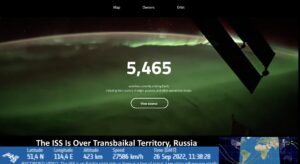
Draft link: https://suirunzhao.github.io/ConnectionsLab_A3/satellitesinspace/
Inspiration/References:
https://abraiz01.github.io/Connections-Lab/Week3/Project_1/index.html
Topic 1 Form Analysis: Coat of Arms
- Physical Form: Mini booklet or Zine
Q1: Why this form? What are its features (stylistic, experiential)
I prefer to use non-digital format to provide the guide users with a more direct interaction with coat of arms, which reflects heritage and tradition.
Q2:How is this form typically used, and what do you plan to subvert/imitate/utilize?
This form as a guide can give users direct and clear messages in a relaxing and amiable tone.
Q3: What would change if you tried a different form? What critical lens does the form you’re applying emphasize?
I also thought of a webpage version. In that case, there could be more interactions in designing the emblem.
Q4: Is there a metaphor well-suited to your form (i.e. cooking with code)? Or, are there other metaphors you might employ?
The metaphors could be self-recognition: Know yourself. Or family inheritance can be another metaphor.
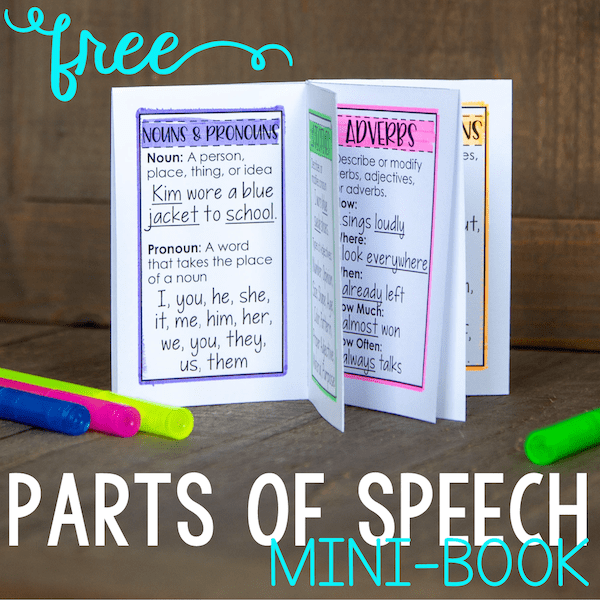 .
. 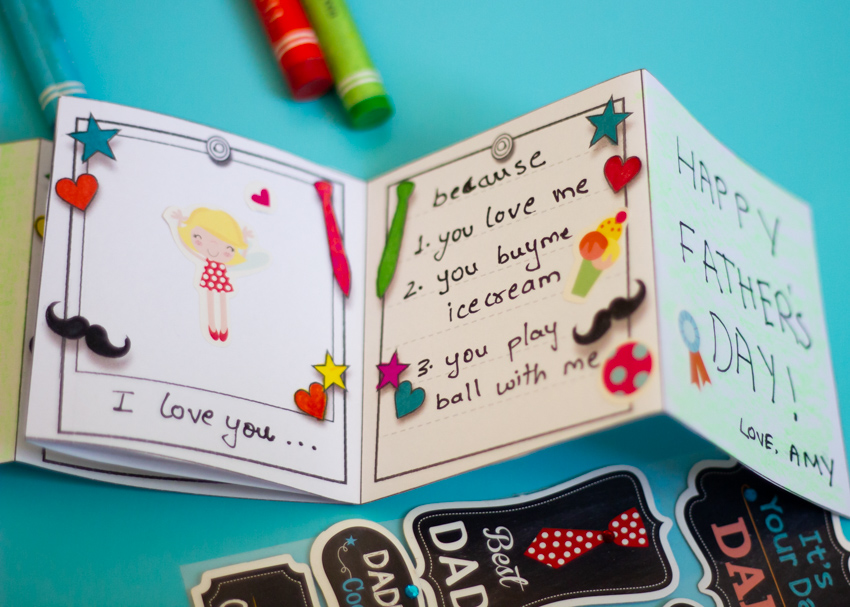
from analysis- Yoga secrets
I hope to use the “武功秘籍” (Kung Fu secrets)to express yoga movements.
This guide will be very easy to understand.
I plan to talk about 12 to 18 actions, and then each action will use different models, the elderly, children, adults, women, etc. to express the wide audience of yoga.
It can be used as a beginner’s yoga pose introduction manual, so that beginners can learn yoga at the first time.
At the same time, I can also add some religious murals in the background to reflect the religious value of yoga.
In fact, Kung Fu secrets are a metaphor. Practicing yoga, like connecting with kung fu, can actually play a role in strengthening the body.
